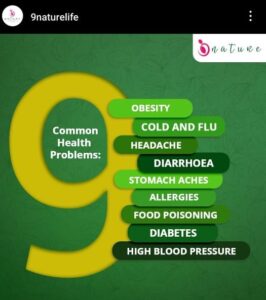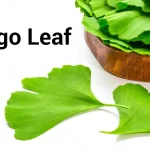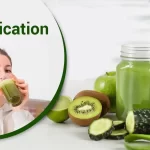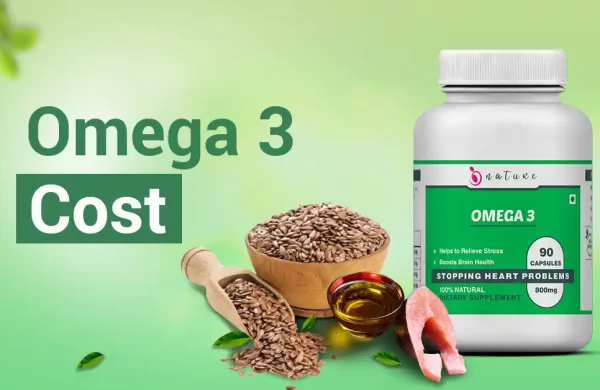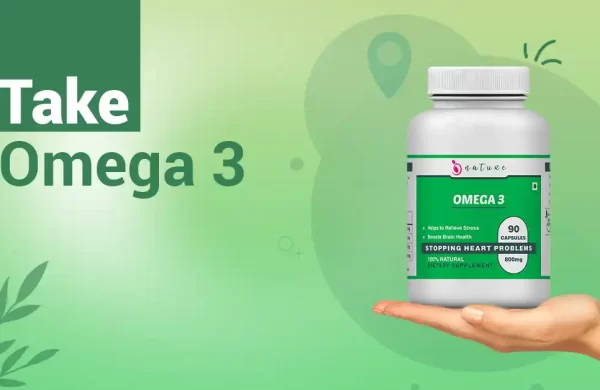In a world that relies on pharmaceutical solutions, there’s a growing interest in turning back to nature’s remedies which can be called healing herbs. These natural wonders have been used for centuries to address various ailments and promote overall well-being. However, the rising costs of healthcare and wellness products have put healing herb out of reach for many individuals seeking holistic alternatives. (Donaldson, K., 1998)
The good news is that with a little creativity and resourcefulness, it’s possible to make healing herb more affordable and accessible to everyone. In this comprehensive guide, we’ll delve into various strategies and tips to help you incorporate these valuable treasures into your lifestyle without breaking the bank.
The Power Of Healing Herbs
Healing herbs are a gift from Mother Nature, brimming with therapeutic properties that can aid in improving physical, mental, and emotional health. From natural healing herbs to healing herbs and spices, these plants offer a diverse range of benefits that cater to different aspects of wellness. Whether it’s gut healing herbs to promote digestive health, skin-healing herbs for a radiant complexion, bone-healing herbs for skeletal strength, or common healing herb that support overall vitality, there’s a herb for every need.((Shahrajabian, M.H., 2021.))
Exploring Healing Herbs As A Comprehensive List
Before we dive into ways to make healing herbs more affordable, let’s take a moment to explore some of the most well-known and effective healing herbs. This healing herbs list will provide a starting point for your journey into affordable wellness: (Krishnan, P., 2006.)
- Turmeric: A powerful anti-inflammatory, turmeric is often hailed as a golden spice. Its active compound, curcumin, supports joint health and offers antioxidant benefits.
- Chamomile: Known for its calming properties, chamomile is excellent for promoting relaxation and easing digestive discomfort.
- Lavender: This aromatic herb aids in reducing stress and improving sleep quality. Lavender oil is also used topically for skin healing.
- Peppermint: Ideal for soothing digestive issues, peppermint also offers a refreshing aroma that can alleviate headaches and boost energy.
- Ginger: A natural remedy for nausea and inflammation, ginger is commonly used in teas and cooking.
- Echinacea: Often used to support the immune system, echinacea is available in various forms, including teas and supplements.
- Aloe Vera: With its soothing gel, aloe vera promotes skin healing and is often used to alleviate sunburn and minor cuts.
- Rosemary: This aromatic herb not only adds flavor to dishes but also supports cognitive function and memory.
- Cinnamon: Aside from its delightful flavor, cinnamon has been linked to blood sugar regulation and heart health.
- Nettle: Rich in nutrients, nettle is a common choice for detoxification and allergy relief.
Challenges Of Affordability
While the benefits of healing herbs are undeniable, the financial aspect can pose a challenge for many. The cost of commercially packaged herbal products, herbal medicine, and organic herbs can quickly add up, making it a little difficult for budget-conscious individuals to incorporate these gems into their routines. However, with a little creativity and a willingness to explore alternative options, it’s possible to overcome these challenges and embrace the healing power of herbs without straining your wallet.
Smart Strategies For Affordable Healing Herbs
Grow Your Own Healing Herbs: One of the most cost-effective ways to enjoy healing herb is by growing them at home. Whether you have a spacious garden or a small balcony, cultivating herbs like basil, mint, and thyme is relatively easy and requires minimal investment. This not only ensures a fresh supply of healing herbs but also allows you to connect with nature and gain a sense of accomplishment.
- Buy in Bulk: Purchasing healing herbs in bulk can significantly reduce the overall cost per unit. Many health food stores and online retailers offer bulk options for various herbs. By buying larger quantities, you not only save money but also reduce the frequency of purchases.
- Explore Local Markets and Specialty Stores: Farmers’ markets and local herb shops can be hidden treasures when it comes to affordable healing herbs. Often, these markets offer fresh, locally sourced herbs at lower prices compared to mainstream stores.
- DIY Herbal Preparations: Instead of buying pre-packaged herbal products, consider making your own herbal remedies. For example, you can create healing herb teas, infusions, tinctures, and salves using raw herbs. This not only allows you to customize blends but also cuts down on the cost associated with packaging and marketing.
- Join Herb Exchange Groups: Online communities and social media groups focused on herbalism often include exchanges where members trade or give away surplus herbs. This can be an excellent way to obtain different healing herbs without spending money.
- Learn about Wildcrafting: Wildcrafting involves responsibly harvesting wild herbs from their natural habitats. If done ethically and legally, wildcrafting can be a cost-free way to gather healing herbs like dandelion, nettles, and elderflowers. However, thorough research and adherence to local regulations are crucial.
- Preserve Excess Herbs: If you find yourself with an abundance of fresh healing herbs, consider preserving them for future use. Drying herbs is a traditional method that allows you to enjoy the benefits of healing herbs even when they’re out of season.
- Participate in Community Gardens: Many communities have shared gardens where individuals can grow and harvest herbs collectively. Joining such initiatives not only fosters a sense of community but also grants you access to healing herbs at a fraction of the cost.
Conclusion
Healing herbs are a remarkable source of natural wellness, offering an array of benefits that cater to different aspects of health. While the affordability of healing herbs can sometimes be a challenge, the strategies outlined in this guide provide a roadmap for making these invaluable treasures accessible to everyone.
From growing your own herbs and buying in bulk to exploring local markets and crafting your own remedies, there are numerous ways to integrate healing herbs into your lifestyle without straining your budget. By embracing these approaches, you not only prioritize your well-being but also forge a deeper connection with nature’s bountiful offerings. Remember, the journey towards affordable herbal medicine is a rewarding one, marked by holistic vitality and a renewed sense of harmony.

